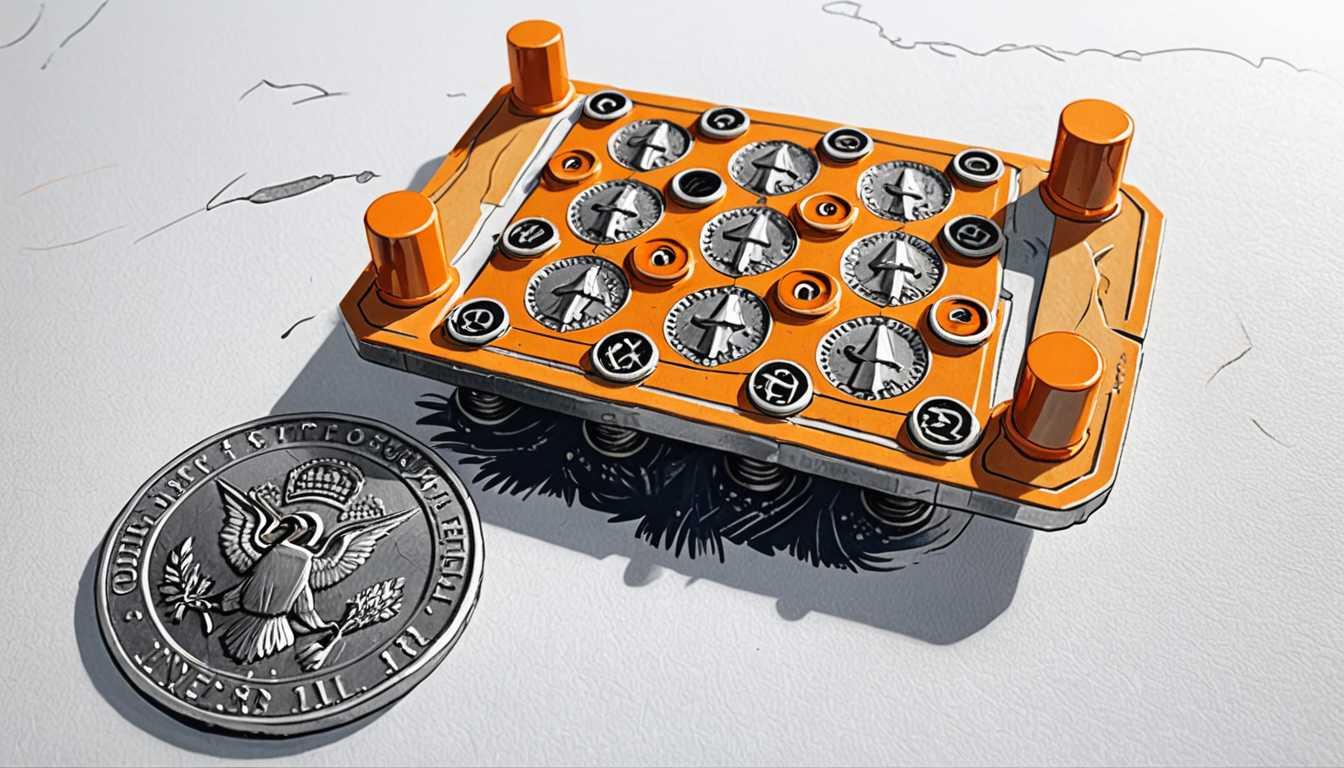Building the Behemoth Camera
June 2019
Symmetry Magazine
Introduction
Dive into the heart of engineering marvels with Symmetry Magazine's article on constructing the world's largest digital camera! Nestled in a clean room at the US Department of Energy’s SLAC National Accelerator Laboratory, engineers are piecing together a camera the size of a car for the Large Synoptic Survey Telescope. Set to capture the sky from a Chilean peak, this technological titan will create an astronomical movie like no other. With its record-breaking lens and ultra-flat sensor grid, it's engineering on an epic scale!
READ FULL ARTICLEWhy It Matters
Discover how this topic shapes your world and future
Capturing the Cosmos
Imagine being able to watch a decade-long movie of the entire visible sky, capturing every flicker and flare of the universe. That's what engineers at the SLAC National Accelerator Laboratory are working towards with the world's largest digital camera for the Large Synoptic Survey Telescope (LSST). This camera, with its groundbreaking capabilities, will allow astronomers to observe and understand cosmic phenomena like never before, potentially unlocking answers to mysteries about dark matter, asteroid paths, and the evolution of galaxies. For you, this could mean witnessing real-time, high-resolution images of space, sparking curiosity and inspiration for science and technology. The implications of such a project stretch globally, influencing future technology, environmental monitoring, and even our understanding of the universe itself.
Speak like a Scholar
Charge-Coupled Devices (CCDs)
These are special sensors used in cameras to capture light and convert it into digital images.
Cryostat
A device used to maintain very low temperatures to keep the camera's sensors perfectly cold for accurate astronomical observations.
Tolerance
In engineering, this refers to the allowable limit of variation in a physical dimension or measurement.
Subsystem
A self-contained system within a larger system, often with its own specific function.
Refrigerant
A substance used in cooling systems, like those in refrigerators or air conditioners, to absorb and remove heat.
Corrugated
A material shaped into alternate ridges and grooves, often used to provide flexibility and strength.
Independent Research Ideas
Heat Management in Space Technology
Investigate how advanced cooling systems, similar to LSST’s refrigeration circuits, could be adapted for use in other space exploration technologies.
Material Science and Astronomy
Explore the materials used in the construction of the LSST camera, focusing on their properties and why they are ideal for use in such extreme conditions.
Digital Imaging Evolution
Trace the development of digital imaging technology from early cameras to the sophisticated CCDs used in the LSST, highlighting key breakthroughs and inventors.
Automated Mechanical Systems in Engineering
Study the design and function of the LSST’s installation robot, comparing it to other automated systems used in delicate or dangerous tasks.
Interdisciplinary Applications of Large-Scale Cameras
Consider how the technology developed for the LSST could be used in other fields, such as medical imaging, environmental monitoring, or even in artistic contexts.
Related Articles

MIT's Tiny Battery-Saving Genius
April 2023
Massachusetts Institute of Technology (MIT)

Robots Learning to Adapt
March 2024
Massachusetts Institute of Technology (MIT)

3D Printing: The Future of Space Engines
February 2025
MIT News

Flight's Acrobatic Future Unveiled
August 2023
Massachusetts Institute of Technology (MIT)

Innovating the Future of MechE
May 2024
Massachusetts Institute of Technology (MIT)